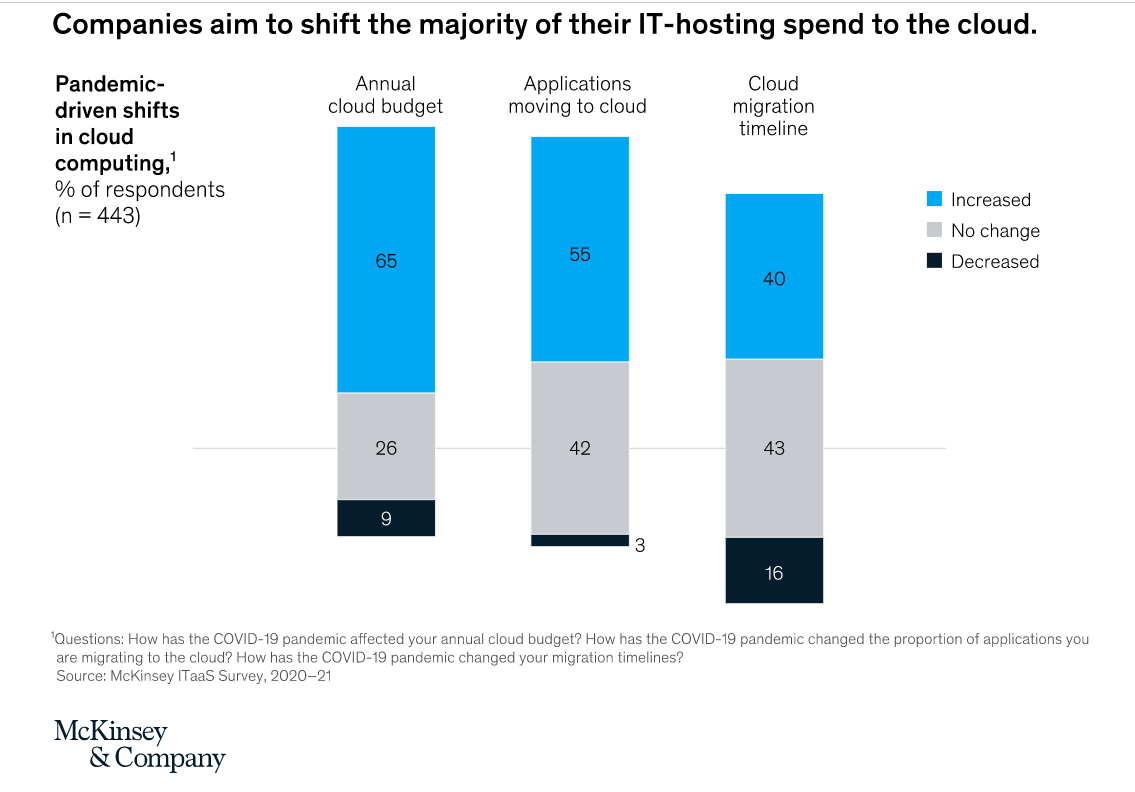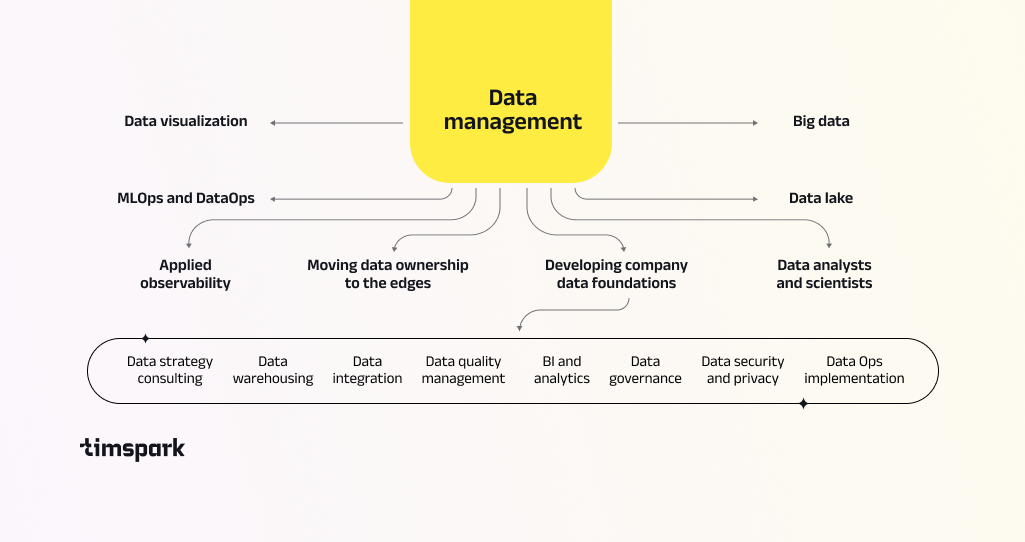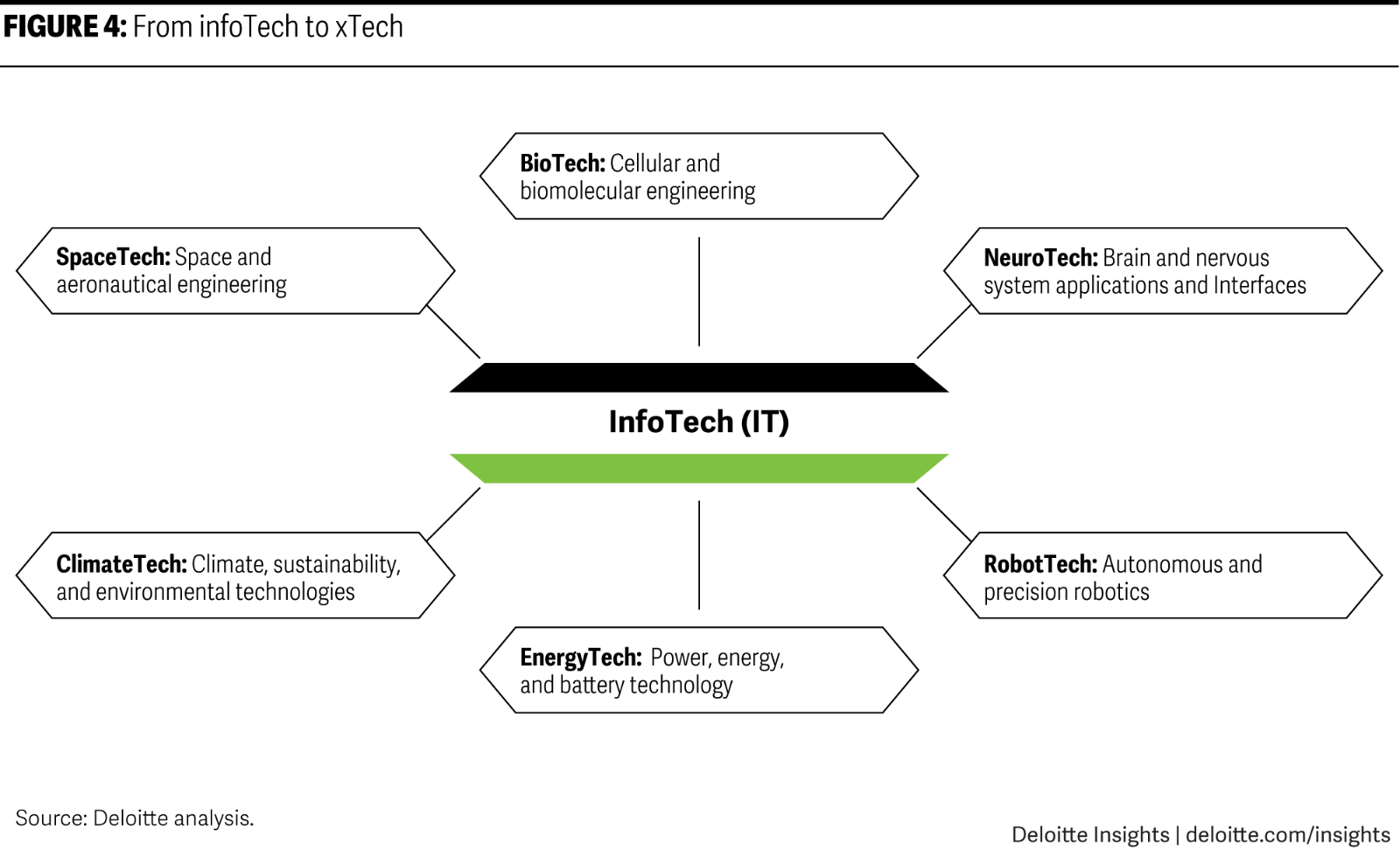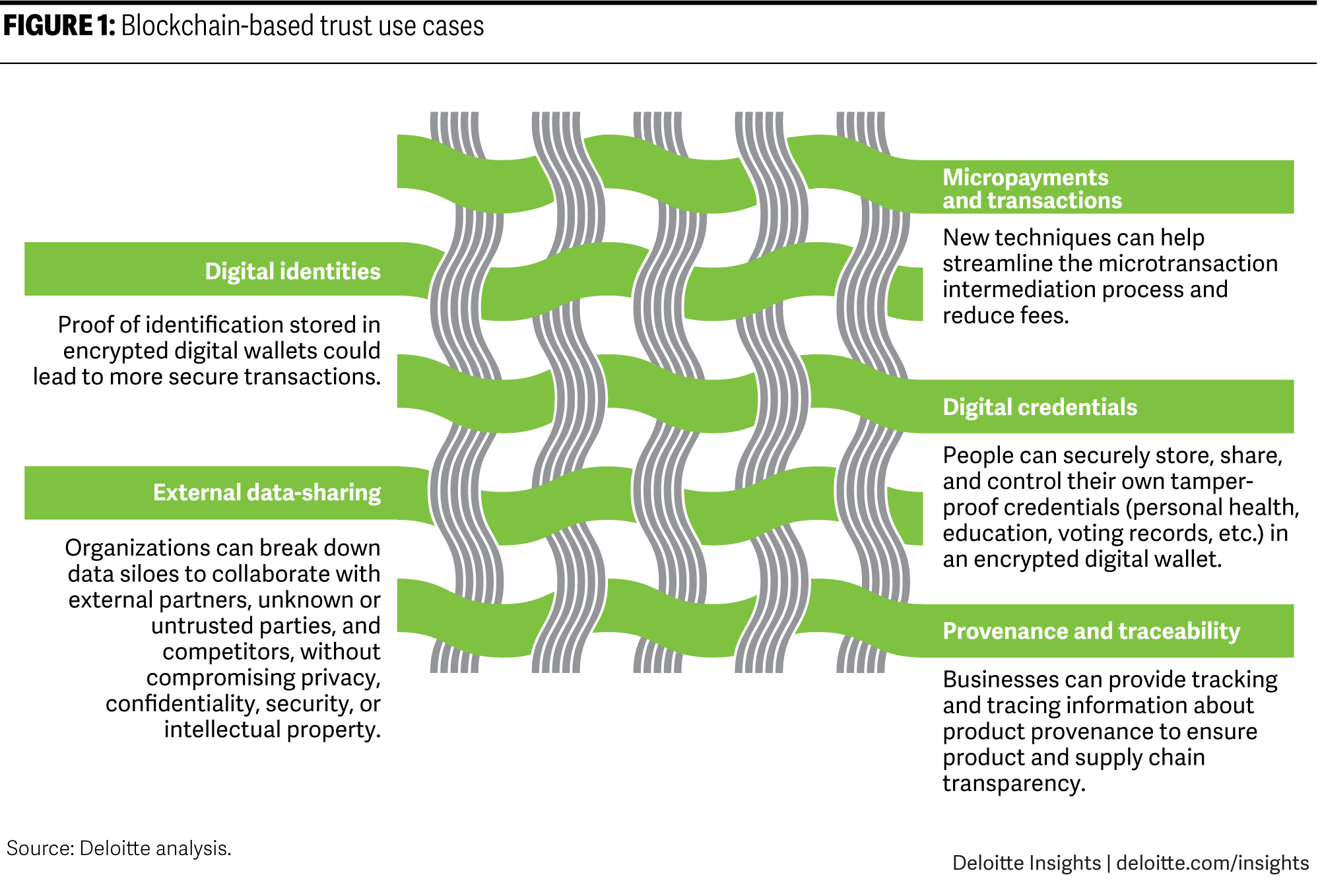Timspark’s Analysis of Tech and Business Trends for 2025
Anna Rozhentsova, Content Manager
June 9, 2025
At Timspark, we continuously strive to maintain a leading position by pursuing competitive advantages. Our technology and strategy teams have conducted a comprehensive analysis of the most critical technology trends expected to shape the industry in the coming years.
Timspark’s approach to analyzing trends
How trends are understood is wholly contingent on your methodology. To thoroughly grasp the trends, we referred to numerous credible sources, such as:
- leading consultants in the field (McKinsey, Deloitte, Gartner, Forrester, Mercer)
- popular expert development resources (GitHub, Stack Overflow, Technology Radar)
- leading business magazines (Forbes, Harvard Business Review)
- and, no less necessary, our teams’ own valuable expertise.
Our latest analysis, informed by Gartner’s Top 10 Strategic Technology Trends for 2025 and Deloitte’s Tech Trends 2025, focused on a curated set of priority themes rather than an unwieldy long list of trends.
How you can analyze trends
While exploring numerous trends in the field I utilized specific criteria which helped me to identify the most significant ones.
1. Trend source and its credibility level (the source credibility expertise-wise)
For instance, I chose Gartner, Deloitte, and Mercer as the most reliable business consultants and Stackoverflow as the most well-known source of technical reviews.
2. Trend level
Here, I looked into how trends may affect different operation layers—whether they affect only the technical level, like applying new technologies, having a broader scope on the solution level, or concern processes with employees.
Depending on what area of development your business is focusing on at the particular moment, it may influence your choice—whether you consider it or not.
3. Potential durability level
Some trends may last, while some of them may go. Therefore, I prefer to conduct some analysis to see whether the trend will hold for a year, more than a couple of years, or probably will shape the decades of the digital and business realm.
For business, it is the factor that is the basis for feasibility and return on investment.
4. Primary affected tech area
Here, we speak about the spheres affected by the trend.
Trends can be universal for several tech areas or have an impact on a specific area, for instance:
-
-
- Data
- DevOps
- Platforms
- Architecture
- Hardware
- Management
- Backend
- Frontend
- Mobile
- Design
- Security
- QA,
to name a few. The next step was to devise a formula for calculating the business’s trend perspective, taking all the factors into account.
-
Trend Perspective consists of Trend Popularity and Durability. Here Popularity means the overall number of mentions in the chosen resources multiplied by its credibility level.
As for Durability, one should consider it is a more weighty factor than Popularity, thus avoiding short-life trends that may lose ground in a year or two and, therefore, do not have long-term perspectives for your business.
Thus, we suggest the following durability grades:
Continual (5+ years)
Long Term (3-5 years)
Medium Term (2-3 years)
Short Term (up to 1 year)
If this seems feasible for you already, you can use this takeaway and focus on the possible directions for your business. Yet, you can go further by setting a rating for each trend, and it will help you be even more selective and focused.
We recommend that the “How it fits your company” grading progresses from a low to a high value, expressed as percentages; however, you have the option to use either a condensed or expanded scale:
Low — 20%
Medium — 50%
Good — 70%
High — 100%
The approach described above can be applied to any trends you encounter if you want to analyze them deeper and weigh their relevance to your business objectives.
Global Business Trends and Correlation with Tech Trends
Business trends outline existing challenges and gaps whereas tech trends present methods to address these issues through disruptive technologies or express needs for these technologies. Companies need strong IT systems that meet current business requirements and pave the way for future innovation.
The leading business trends appear as such:
Scalability and growth (95%)
Companies must create technology with adaptable features that allow seamless integration into various business models and scalability for future demands in order to achieve smooth scaling and growth. Your organization should invest in scalable technology solutions when your products or processes might need expensive modifications.
BI enables companies to obtain and examine important business and customer data. By analyzing data you are able to identify trends and assess performance which enables you to make data-backed decisions that contribute to effective business scaling.
The trend achieves top marks due to its sustained popularity over time.
Advanced automation and decisions (78%)
Automation is the technology that is no longer a ‘nice-to-have’ but a ‘must-have,’ able to improve business and employee performance across every department: Sales teams, along with service providers, marketing specialists, commerce experts, IT specialists, human resources managers, finance professionals, and additional departments.
By saying ‘automation,’ we primarily imply processes that incorporate DevOps, RPA (Robotic Process Automation), AI, and data-driven decision-making. The trend is relatively durable and popular.
Cost savings (66%)
Although the trend does not show widespread popularity across various sources it maintains enough strength to persist for at least two years. Continuous economic uncertainty makes cost optimization essential for businesses of all sizes including small enterprises and tech giants. And digital transformation can significantly reduce costs.
Possible cost-effective and scalable solutions range from automated AI and ML solutions and cloud computing to data management.
Security and reliability improvement (66%)
Even though the media gives this trend only moderate attention its business importance remains fundamental. Data reliability stands as a key requirement to meet regulatory standards and establish customer trust. Customers require companies to safeguard data and provide valuable insights which include personalized services and products.
The impact of reliability problems on organizations varies based on their size. Small service-based businesses will see impacts on their management and staff while larger enterprise organizations risk disruptions to their vendor relationships and transportation operations. Security solutions through blockchain and cloud technology present possible methods to resolve these challenges.
Innovations (62%)
Innovations stand as essential drivers which businesses must leverage to achieve and sustain their competitive advantages. Technology serves as an accelerator for innovation which can be expanded upon. Research and Development (R&D), data analytics and automation represent just a few potential solutions for fostering innovation in your organization.
We will now explore the core characteristics of the most impactful technology trends.
Cloud computing and moving to cloud (92%)
Businesses have access to numerous cloud solutions, enabling them to select the best cloud services for each specific workload or application. Businesses can select one cloud provider for storage needs while choosing a separate provider for their computing resources. This approach distributes workloads among several cloud providers while decreasing the chances of service interruptions or downtime. These solutions provide users with flexible access to computing resources that scale according to demand and offer cost-efficient payment models based on actual usage. These technologies demonstrate key advancements that allow businesses to maximize their technological benefits.
Cloud edge and computing
By spreading computing tasks between distant data centers and nearby nodes, cloud and edge computing enhances data sovereignty as well as system autonomy and resource efficiency, while also reducing latency and strengthening security measures.
Moving to the cloud
Recent research indicates that organizations plan to migrate their IT estates to the cloud, with approximately 60% completion by 2025, utilizing multi-cloud architecture and industry cloud platforms. Organizations must carefully plan their migration to the cloud and execute their strategies effectively for a successful transition. Businesses should assess their existing IT systems and security requirements to select a cloud provider and develop a migration strategy.
Industry cloud platforms
Businesses find industry cloud platforms advantageous because they include preconfigured applications that cater to the specific requirements of their industry. Businesses achieve both time and financial savings when they build custom solutions, allowing their teams to concentrate on essential business activities. Users benefit from industry cloud platforms because they offer shared resources that can be scaled according to their requirements, and users pay only for consumed resources.
Cloud economics
Research indicates companies begin to concentrate on cloud costs after they exceed $100 million, which represents both an enormous waste and a missed chance to produce value. Through methods like cloud infrastructure audits and improvements, along with cost optimization and account management, cloud economics holds transformative potential for businesses.
Digital Immune System (DIS)
Digital Immune System solutions represent one of the latest trends in information technology deployment. Companies that create digital immunity systems will benefit from an 80% decrease in downtime alongside substantial customer satisfaction improvements, according to Gartner’s 2025 prediction.
AI solutions (85%)
AI technologies have already achieved mainstream exposure decades ago and are improving time-to-market, as they require less Involvement in code and speed the testing process. AI coding assistants now span multiple platforms, including GitHub Copilot, Amazon CodeWhisperer, Cursor, and ChatGPT Code Interpreter, which provide context-aware code completion, natural-language-to-code generation, and AI chat interfaces for developers.
Applied AI
In practice, Applied AI is used in various industries, from healthcare and Finance to transportation and manufacturing. The creation of self-driven robots, face and object detection for security, speech recognition for customer assistance, user behavior analytics, forecasting services for manufacturing, and sensor data processing for error and damage detection are just a few solutions with AI assistance. Applied AI holds great promise to solve complex problems but requires careful planning and execution. Proper selection, design, and deployment of AI-based systems can bring significant benefits to businesses, including increased efficiency, productivity, and profitability.
Adaptive AI
As adaptive AI can learn from its experience and automatically adjust its functionality and performance to optimize results, it becomes a solution where you must deal with dynamic data volumes. For example, an adaptive chatbot can learn from past interactions to identify patterns and improve its conversation quality. AI integrations of online training algorithms have been for Finance, ad tech, eCommerce, and other industries.
Generative AI
What is already unfolding in front of our eyes, human-oriented content, is being generated by AI at an exponential rate. OpenAI, Midjourney, DALL-E, Stable Diffusion, large language models, generative adversarial networks, unsupervised deep learning approaches, and generative models are just a few on the list, with more yet to come.
These solutions may help fill this talent gap and dramatically increase programming speed and comprehension.
Data management (83%)
Businesses generate data at increasing rates every day so this trend will persist for many years. Data management primarily handles the complete lifecycle management of data. The field includes multiple pathways such as data strategy consulting and data mining combined with data warehousing solutions as well as intelligent process automation alongside applied observability. We will now provide a brief overview of these trends.
Development of data foundations
The development of data foundations stands out as the most extensive category in this area. The development of company data foundations requires the creation of scalable infrastructure that supports vast data amounts while maintaining quality standards and facilitating seamless system integration.
Applied observability
Applied observability in business contexts involves a strategic method for organizations to obtain total and precise performance insights into their systems and applications. Organizations need to apply dependable BI and data clustering while conducting thorough data processing and analysis to proactively detect and solve problems while gaining deep data insights.
Big Data
Businesses face Big Data as an everyday challenge when performing their workflows. A system of solutions must surround it to function effectively. Organizations need storage and management solutions capable of processing the large data volume and variety they produce. Big Data analytics processes and analyzes massive complex data sets through tools like Apache Spark, Apache Flink and MapReduce. The tools listed allow organizations to obtain valuable insights which aid in making data-driven decisions.
Data Lake
This technology helps businesses manage and analyze large volumes of raw data from multiple sources including databases and streaming platforms. Eliminating pre-processing stages makes data management cheaper while improving decision-making capabilities. Businesses benefit from Data Lake architecture because it offers scalable solutions and flexible integration capabilities that meet future data requirements.
Data Visualization
Organizations must now operate based on data analysis because it has become essential rather than a passing trend. Effective communication of complex data through clarity and brevity helps reveal essential insights and speeds up decisions that maintain competitive advantage. Businesses seeking dependable data visualization solutions typically choose Tableau or Power BI as the leading and well-known options.
Next-gen development (78%)
Next-gen development goes beyond the traditional development of software applications and involves improving processes and software quality across each stage of the software development life cycle. It harnesses modern technologies, methodologies, and practices, such as:
AI-enabled testing: We expect automated script writing to exceed 80% of test coverage within the next decade, making testing faster and more efficient.
AI ‘pair programmer’: Code recommendations based on the context from input code or natural language help developers code faster with reduced friction.
AI-based code review: Eliminating manual inputs and removing human biases results in faster, more efficient code reviews.
Low-code or no-code platforms: Allow non-developers to build apps in a more resource-intensive way.
Microservices and APIs: Microservices and APIs serve as building blocks, making development faster and businesses more agile. APIs open new revenue streams, which can be provided externally to other companies’ integration. Overall, with all the tools and practices mentioned, developers can focus more on the capabilities their applications would enable than on the specifics of building the apps, which, as a result, saves resources, as well.
Dev culture and management (77%)
As said before, trends can affect not only technologies but also people management and the employee sphere. Dev culture and management trends embrace strategies that help developers deliver better outputs and stay motivated, thus bringing more value to the business.
Among these are:
- tech debt estimation and fixing
- retaining the best talents
- accessible inclusion for new growth
- employee productivity management
- reimagining the workforce.
Tech debt estimation minimizes incurred costs and technical troubles, keeping the company on track and within budget. Retaining loyal employees is vital for employee morale and business success. Organizations prioritizing accessibility and inclusivity attract a diverse workforce and new growth opportunities.
Improve connectivity (58%)
By leveraging innovative technologies like cloud computing, 5G networks, AI chatbot development, and IOT, businesses can significantly improve connectivity to their customers, clients, and internal teams. Improving connectivity is a critical investment for companies seeking to modernize their systems and drive innovation and growth.
xTech (58%)
TX-tech (also known as ‘cross technology’) unites innovative sectors like Artificial Intelligence and Machine Learning with Virtual and Augmented Reality alongside the Internet of Things, blockchain technology, and quantum computing.
The FinTech trend, initially adopted in banking and finance, led to other industries embracing similar technological solutions, resulting in labels such as Edtech, HealthTech, and RegTech. The leading directions of current demand become readily apparent. FoodTech has provided automation capabilities that help supermarkets and retail outlets function more efficiently. The tourism industry is starting to adopt X-Tech solutions, with self-check-in becoming one of its main innovations, which is also identified as Know Your Guest. The online contracting of all insurance types depends heavily on electronic signature solutions, which stand out as key technologies. The extensive InfoTech sector covers new technological solutions, which include NeuroTech and Biotech, as well as SpaceTech and other advancements.
X-tech provides businesses with multiple benefits that include operational efficiency enhancement, along with cost-effective solutions, and creates new income opportunities while delivering a competitive edge.
Decentralized platforms
The development of Blockchain and Web3 technologies has brought about fundamental changes to data management processes. Decentralized platforms enable secure data storage across multiple sectors such as finance and healthcare while transforming education and supply chain management as well as social networking.
Decentralized financial systems enabled by Web3 technology allow numerous users to perform peer-to-peer transactions which bypass traditional banking institutions.
Web3 technology allows for the creation of transparent supply chain systems that maintain security while tracking product movement from manufacturers to consumers. Choosing decentralized platforms for your business operations will enable enhanced transparency and security together with better efficiency.
Blockchain technology’s complexity makes project deployment challenging. DevOps along with digital platform engineering and platform engineering become essential tools at this stage.
How Timpark Leverages Top Tech Trends
As mentioned above, knowing the current trends and their potential, you are more likely to set off in the right direction and focus on what is feasible, specifically for your business.
Having explored an extensive array of trends, we proceeded to analyze which ones could fuel growth for Timspark and our business model.
How the trends fit Timspark’s goals and expertise
To get the final list, we applied the above mentioned formula to get a rating for each trend and sort them accordingly.
Summing up, we at Timspark have chosen four main directions in which we have deep expertise and would like to deliver our services for the next couple of years.
Data Management
- Developing company data foundations
- Applied observability
- Data visualization
Cloud Computing
- Moving to cloud
- Cloud economic
- Digital immune system
- Industry cloud platforms
Dev Culture & Management
- AI-enabled development and testing and low-code or no-code platforms
- Industry cloud platforms
- Platform engineering
- Superapps
Next Gen Development
- Tech debt estimation and fixing
- Make employees to do more
- Retain best talents
- Employee productivity management
- Fullstack development
Let’s shape the future together with Timspark!
Companies must remain agile and flexible by adapting to the latest technology and business trends as we look to the future. By embracing these trends, businesses can remain competitive, agile, and thriving in an ever-changing landscape.








